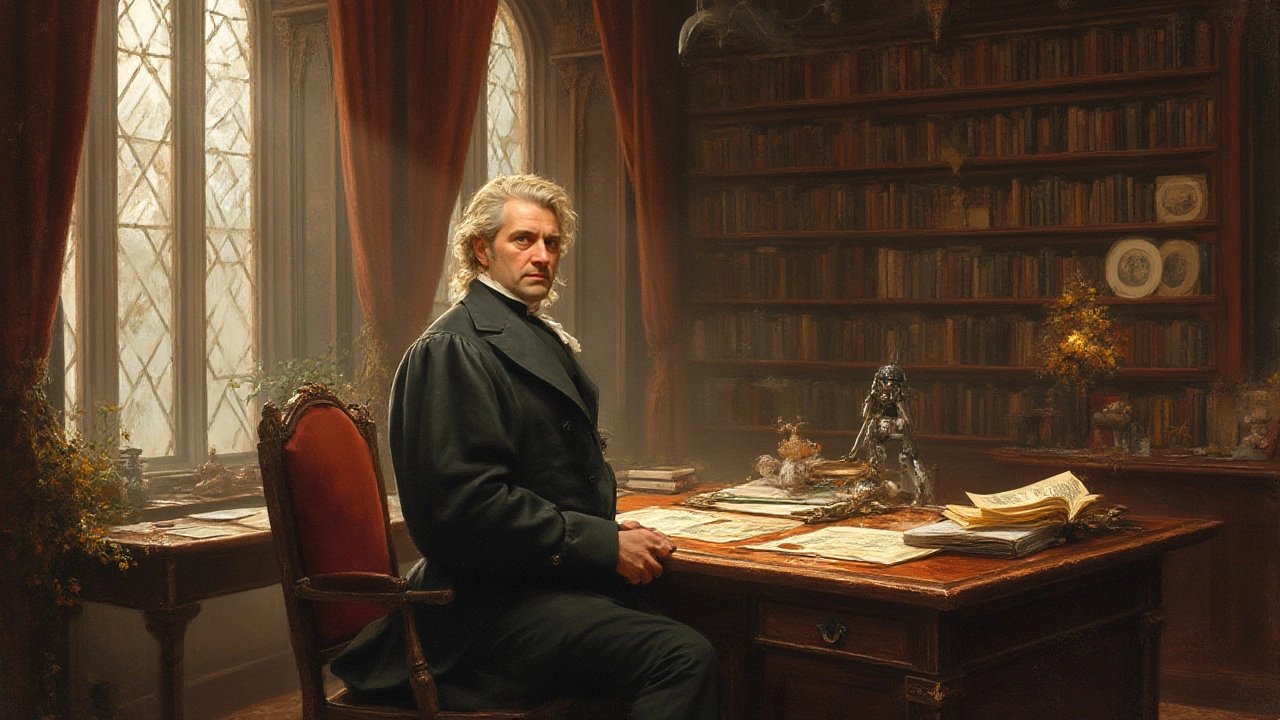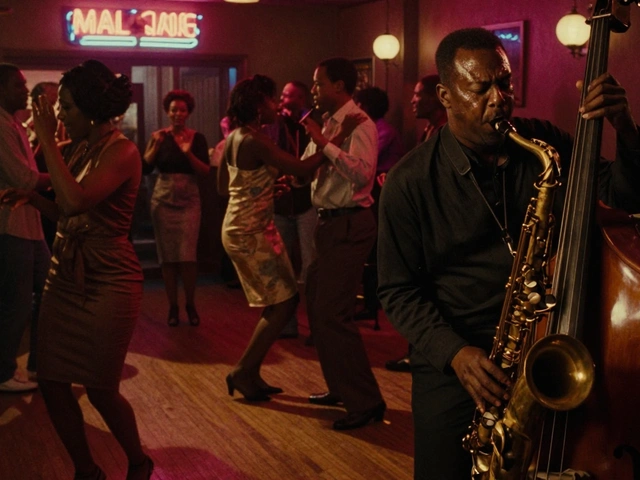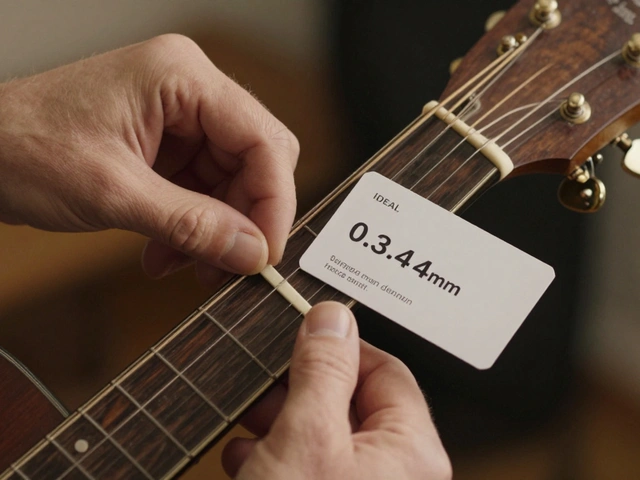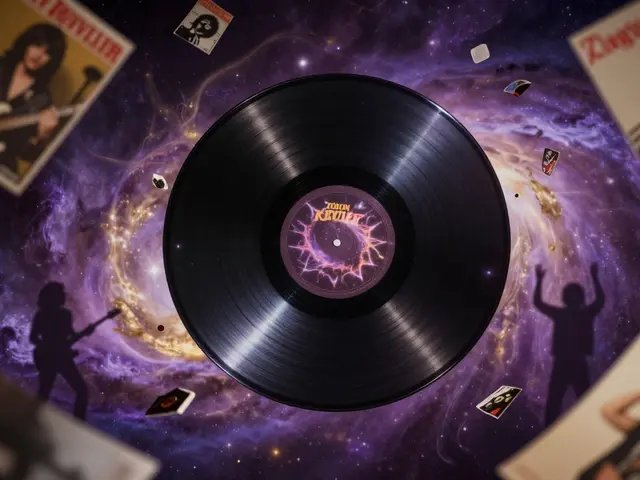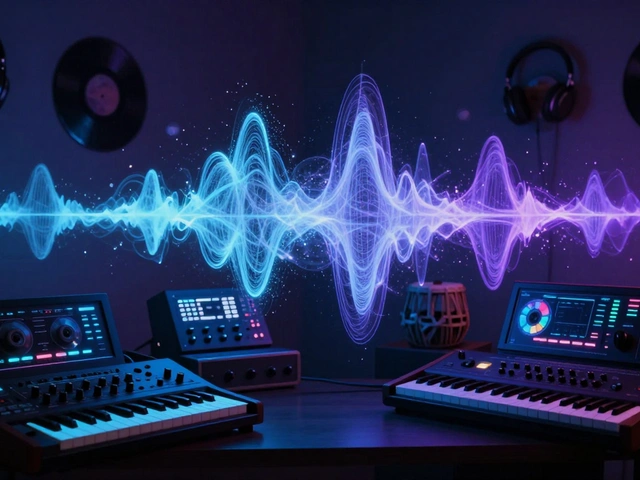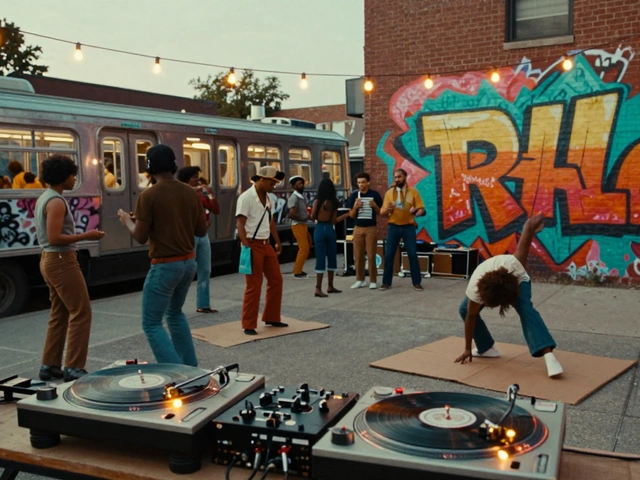Picture this: You’re sitting in a dark theater, heart racing as the orchestra swells before a jaw-dropping plot twist. Sometimes, it almost feels like the music knows what’s coming. There’s a secret to that magic—and it’s not modern at all. Film composers borrow ideas, emotion, and drama from classical music traditions stretching back centuries. This influence goes way beyond a few borrowed tunes. It’s the backbone of most movie soundtracks we love today, from Star Wars’ iconic marches to the intimate strings of Schindler’s List.
Why Classical Music Inspires Film Scores: Past Meets Present
Let’s talk about why classical music remains film composers’ not-so-secret weapon. For starters, the orchestra is basically Hollywood’s special effects machine for your ears. The tradition of using string sections for romance, brass for power, and woodwinds for whimsy all grew up in the giant halls where Beethoven and Tchaikovsky first wowed audiences. Film scores lean on these old techniques because they work—people are wired to respond emotionally to them.
Here’s something you might not expect: the earliest film music was just musicians improvising live at the movies. By the 1920s, studios started hiring composers to match scenes with moods, and right away they grabbed ideas from the likes of Wagner and Bach. That’s no coincidence. Wagner’s idea of the "leitmotif"—a recurring melody that represents a character or idea—shows up everywhere now. Think of Darth Vader’s "Imperial March" or the Harry Potter theme. These recognizable hooks anchor our feelings, just like Wagner’s motifs in his operas.
Film legend John Williams openly tips his hat to Prokofiev and Holst. The opening notes of Star Wars wouldn’t feel out of place in a 19th-century concert hall. Sit and compare parts of Williams’ Superman theme and Richard Strauss’s "Also sprach Zarathustra"—they share the same broad, brassy grandeur, designed to signal heroic moments. In fact, the original Star Wars score was recorded by the London Symphony Orchestra, whose roots go back to the golden age of classical music.
But it isn’t just about flashy action flicks. There’s an art to subtler moments, too. Take the violin solo in Schindler’s List—the raw emotion comes straight out of Jewish klezmer music and late Romantic composers like Mahler. Or listen to the ghostly strings in Hitchcock’s Psycho, which Bernard Herrmann wrote entirely for string orchestra. Herrmann studied at Juilliard, soaking up classical lessons before turning to film. His influence echoes in modern psychological thrillers that keep you squirming in your seat.
Ready for a mind-bending fact? Around 85% of all Oscar-winning film scores use orchestral arrangements that borrow from classical traditions. It’s not just nostalgia—it’s about tapping into musical instincts we’ve had for generations. Composers speak a language that goes deeper than words, a trick they learned from the old masters.
Classical music also brings structure to film scores. Symphonies unfold in unpredictable ways, building tension and release like a good movie. That same architecture helps films move from quiet scenes to big showdowns without sounding forced or gimmicky. It’s why the sweeping build-up in The Lord of the Rings or the gentle heartbreak in The Piano moves audiences so deeply.
Here’s a tip: when watching a movie, notice how the music shifts when the story does. You’ll start spotting the little nods to classical music—the tremolos, sudden silences, or thunderous crescendos pulled straight from old concert halls.
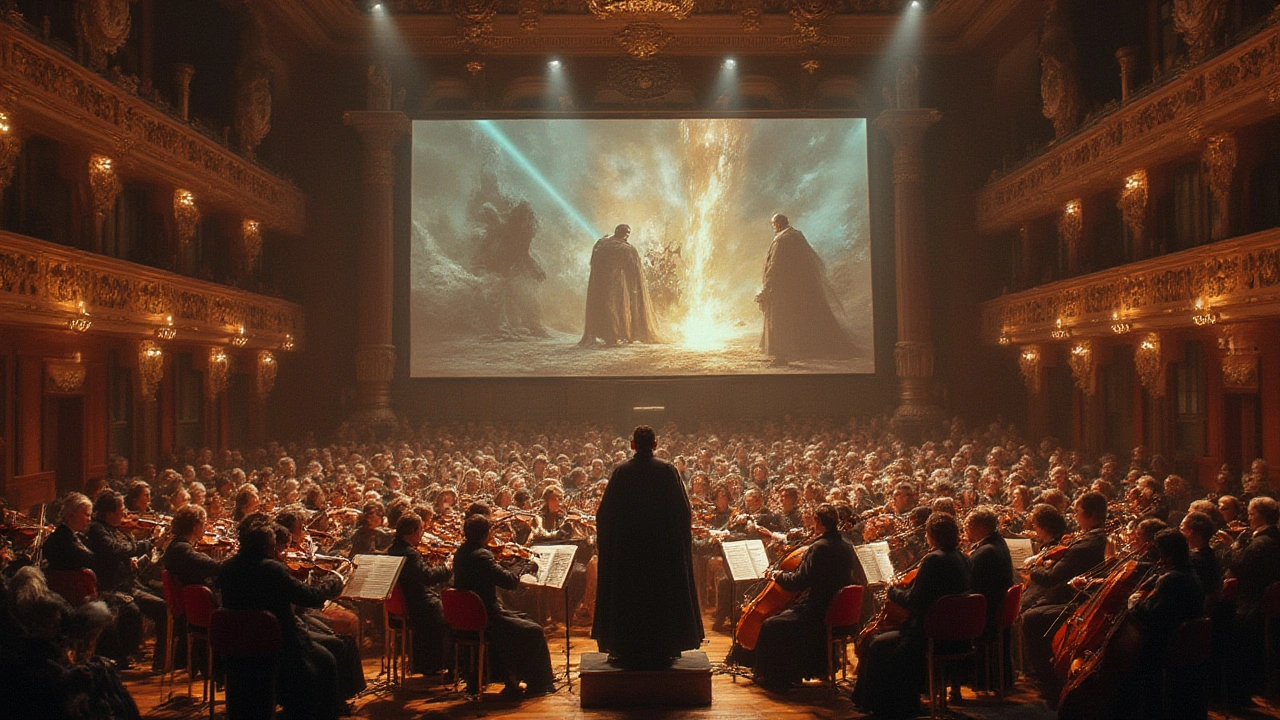
From Beethoven to John Williams: Borrowing, Mixing, Reinventing
It’s kind of wild to realize how much modern composers borrow, blend, and put their own twist on classical pieces. Hans Zimmer, for example, is a self-taught composer, but he often talks about how he “remixes” ideas from Brahms or Debussy. His Inception score uses bold brass and ticking clocks, echoing both minimalist Philip Glass and full-out Romantic symphonies.
Even silent movies had their roots in the classics. Cinema’s first great composers—like Max Steiner (Gone with the Wind) and Erich Korngold (The Adventures of Robin Hood)—were trained in the European classical tradition. Steiner literally quoted Tchaikovsky in his film scores, while Korngold adapted whole sections from his operas to suit Hollywood swashbucklers.
You’ll spot the same trick in more recent blockbusters. Howard Shore’s music for The Lord of the Rings includes impossibly grand choral parts inspired by medieval religious music and Wagnerian opera. Listen closely, and you’ll catch echoes of Carmina Burana in Gladiator and hints of Ravel and Debussy in Titanic. It’s like a secret handshake for trained musicians and film fans alike.
Let’s look at some real examples:
- John Williams drew on Holst’s The Planets to craft the sound of space battles in Star Wars.
- The shower scene in Psycho mimics the slicing technique from Bartók’s "Music for Strings, Percussion and Celesta."
- Elmer Bernstein’s To Kill a Mockingbird score is “all Copland,” according to Bernstein himself, using wide open harmonies inspired by American classical music.
- Philip Glass’s original scores for documentaries use repeating piano patterns borrowed from minimalist classical music to add intensity.
Directors often guide composers straight to the classics for inspiration. Stanley Kubrick famously banned a traditional film score in 2001: A Space Odyssey, instead using existing pieces by Strauss, Ligeti, and Khachaturian. And audiences loved it—in fact, sales of Ligeti’s "Atmosphères" shot up after the movie came out. It gave the film an otherworldly effect nobody had tried before.
For composers looking to experiment, classical music acts like a sandbox. They can steal a melody, tweak the harmony, or radically change the tempo. It’s not always about tribute—sometimes, it’s about unexpected surprise. Alexandre Desplat hinted that he “stole” his favorite textures from Ravel to create a dreamy mood in The Grand Budapest Hotel.
Here’s a comparison that might surprise you. Some of the greatest hits in movie soundtrack history are built on the same four chords that have powered symphonies for centuries. Think about how many epic scores start in a minor key and resolve to major: just like Beethoven’s Fifth Symphony or Mozart’s 40th.
Filmmakers use all this because it works. There’s a reason Marvel blockbusters still go for sweeping orchestral drama and why horror flicks pull back to a solo violin for vulnerability. It’s coded deeply into us—after all, those classics have survived for centuries for a reason.
Spielberg put it best:
“John Williams has made my films twice as successful as they would have been without him. His music is an extra character.”
It’s no exaggeration. Music gives the story its heartbeat. That insight comes straight from the world of symphonies and concertos.
For anyone building a playlist or trying to learn composition, study the bridges between old and new. Start with Prokofiev, Rachmaninoff, and Debussy. Notice how their music slips into everything from cartoons to prestige dramas. Copying their moves is an education in mood, pacing, and tension.
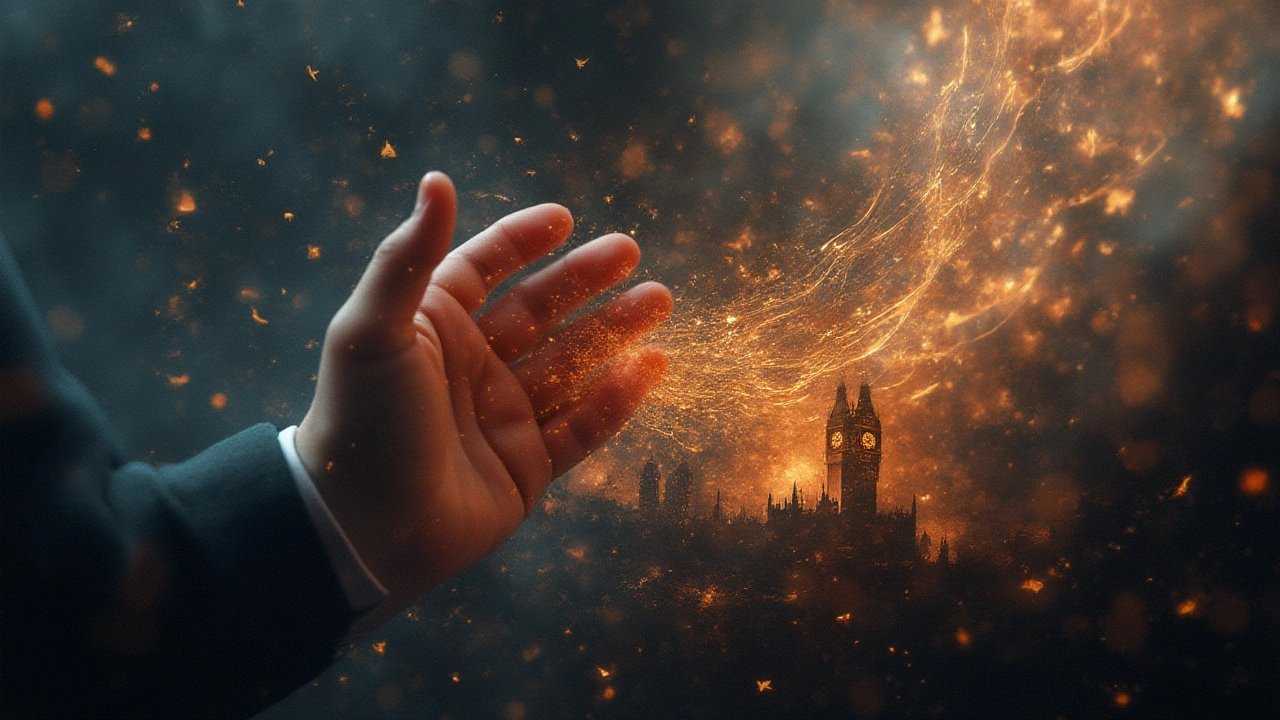
Emotional Impact and the Secret Power of Orchestras
If you’ve ever cried at the movies, you can probably thank the orchestra. Filmmakers and composers know that sound gets under your skin faster than any special effect. Classical music paved the way for this, perfecting techniques that work almost every single time.
It’s not just about big, over-the-top melodies. Sometimes, less is more—just a single cello or a muted trumpet. Think of the sparse French horn in The Godfather or Ennio Morricone’s haunting whistles in The Good, The Bad and The Ugly. Morricone even said he stole tricks from Verdi, using simple, singable melodies to break hearts.
Let’s get practical: why does classical music stir so much emotion in movies? It’s about dynamics—the contrast between soft and loud, soloists and full orchestra. Beethoven mastered this, and so did Shostakovich. That same sense of surprise shows up in movies when the score lulls you into calm before leaping into action. Listen to the way Jaws’ theme creeps up—just two notes repeating, but tension builds until you can’t bear it.
Here are some numbers to bring it home. The American Film Institute ranked its top 25 film scores, and all but two use full orchestras rooted in classical tradition. John Williams alone scored five of that list. A recent survey from Film Music Magazine showed that 92% of professional film composers regularly reference specific classical pieces when sketching their themes.
| Iconic Film Score | Composer | Main Classical Influence | Year |
|---|---|---|---|
| Star Wars | John Williams | Holst, Wagner | 1977 |
| Psycho | Bernard Herrmann | Bartók | 1960 |
| The Lord of the Rings | Howard Shore | Wagner, choral works | 2001-03 |
| 2001: A Space Odyssey | Multiple (existing pieces) | Strauss, Ligeti, Khachaturian | 1968 |
| Titanic | James Horner | Ravel, Debussy | 1997 |
Good film scores don’t have to be bombastic, though. Sometimes, a quiet moment does more damage. Samuel Barber’s Adagio for Strings (used in Platoon and literally dozens of films) turns up the emotional volume without a single word. It creates sadness and triumph at the same time—classical magic captured on screen.
People often ask: “How can directors or composers make a scene unforgettable?” The best tip is simple—pair the right classical technique with the moment on screen. A soaring melody can lift battles and chases, but leave space for silence when pain or reflection is needed. Sound shapes memory. That’s why hearing the Jurassic Park theme brings goosebumps years later, or why The Social Network’s chilly piano score feels so modern—even though its composer, Trent Reznor, admits he studied Chopin to get the emotion just right.
Try this at home: Next time you watch a film with a strong score, close your eyes for a minute and just listen. Which instruments carry the story? Are they echoing Bach, or hinting at Stravinsky? You’ll start to pick out the DNA of classical music everywhere, whether in the sweeping scope of an adventure epic or the gentle lilt of a love story.
Here’s one last thought: our brains light up in different patterns when exposed to orchestral music. A study by the University of Helsinki showed that listeners experienced higher levels of dopamine during scenes scored with flowing strings or brass, similar to reactions triggered in live classical concerts. So it’s not your imagination—good film music really is affecting you on a deep, almost primal level.
So, the next movie you watch? Listen extra close. The real magic might be coming from composers who’ve been dead for centuries—but whose music never really went away. If you’re feeling inspired to explore more, don’t just stick with movie playlists. Check out the classics that started it all. You might discover your new favorite soundtrack was written long before the first camera ever rolled.

